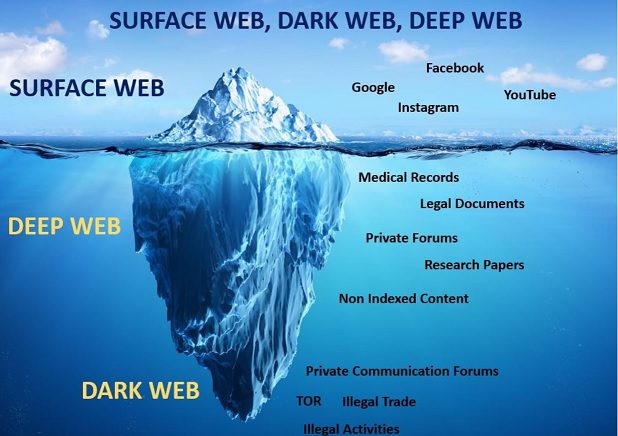IDnotify Dark Web : My information was found on the Dark Web
IDnotify is a service that monitors the dark web for any signs of your personal information being compromised. It scans various dark web marketplaces, forums, and other illicit websites where stolen data is often sold or shared.
If it finds your data, it sends you an alert so you can take action to protect yourself.
While having your email address exposed on the dark web might not be a major cause for concern on its own, it could potentially lead to increased spam or targeted phishing attempts. If IDnotify detects more sensitive information, such as your Social Security Number, credit card details, or passwords, it’s crucial to take immediate steps to secure your accounts and monitor your financial activity.
What to do if IDnotify finds your information on the dark web:
Change your passwords: Update passwords for any accounts associated with the exposed information, using strong, unique passwords for each.
Monitor your financial accounts: Keep a close eye on your bank and credit card statements for any suspicious activity.
Consider a credit freeze or fraud alert: These can help prevent unauthorized access to your credit report.
Report identity theft: If you believe you’re a victim of identity theft, report it to the Federal Trade Commission and your local law enforcement.
Important:
IDnotify is a legitimate service offered by Experian, a major credit reporting agency. However, be wary of phishing scams that mimic IDnotify alerts. Always verify the legitimacy of any communication before clicking on links or providing personal information.
Having your information on the dark web doesn’t necessarily mean you’ll become a victim of identity theft. However, it’s a sign that you need to be extra vigilant about protecting your personal information.

Also Read : Web-Wrapped Curio
Did you get an email saying your personal info is for sale on the dark web?
Reports have come in from people who have received emails stating that the dark web markets are selling their sensitive personal information. The stolen information, such as a person’s date of birth, Social Security number, and driver’s license number, is provided in some emails. To avoid losing money due to identity theft, you should take precautions after receiving one of these emails.
Neither the URL nor the phone number should be used in the message. It might be a “phishing” email, an attempt to get you to give up personal information. If you have reason to believe the message is legitimate, such as when you have a credit card or service that tracks the dark web, it is best to get in touch with the organization through a verified website or phone number.
For the sake of account security, change your passwords. To begin, go into each of your email accounts and change the password. Password reset requests for other accounts typically end up in your inbox, making your email account a potential security hole in your online defences. If someone gains access to your email account and knows your password, they can use that knowledge to access your password reset emails.
Expert advice:
Think about utilising a password manager when you set up new passwords. You may find free ones that come preinstalled in most browsers; they generate strong passwords automatically. For extra protection, utilise multifactor authentication if your account supports it and use a unique password for each account.
Verify your credit records.
Once you’ve secured your accounts, double check that no one has used your details to open any new accounts. For a free copy of your credit report from each of the three major bureaus in the United States—Equifax, Experian, and TransUnion—visit AnnualCreditReport.com once a year. Every week until December 2023, you can see a free credit report online from each of them. Find a personal recovery plan and report identity theft at IdentityTheft.gov if you see any suspicious activity, such as an unfamiliar account or transaction.
It may be wise to freeze your credit. The most effective defence against identity theft is a credit freeze, often called a security freeze; it is easy to set up and takes no money to remove. On the other hand, you can make it harder for someone attempting to steal your identity to open new accounts in your name by placing a free fraud alert on your credit report.